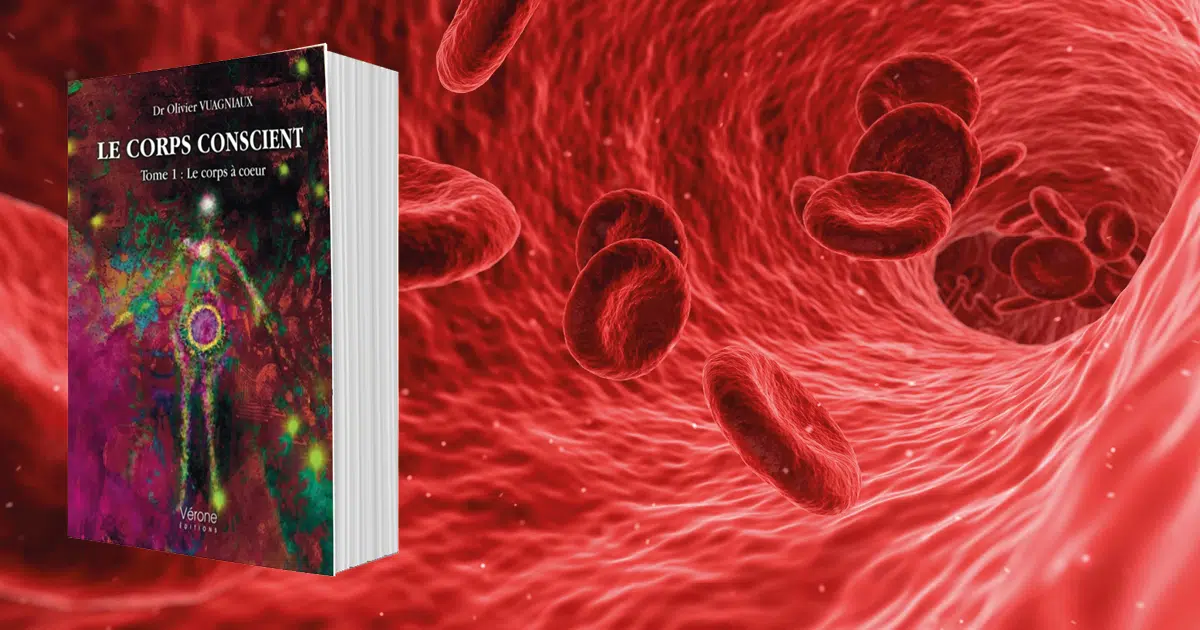“The Conscious Body” is a manifesto in two volumes, written by Olivier Vuagniaux, which is the result of thirty years of experience in psychotherapeutic support. He offers an approach in which the body and its consciousness are at the heart of the therapeutic process. This makes it possible to apprehend suffering from a whole new point of view.
It is a whole new way of seeing things that Olivier Vuagniaux, psychotherapist, exposes to us in his two-volume manifesto entitled “The conscious body”. It assumes, as the name of the book suggests, that the body is conscious. There would therefore be two consciousnesses in each of us: the mental consciousness, and the body consciousness. And our suffering would come from the conflict between these two consciousnesses, between the psychological self and the bodily self.
This is the goal of the author’s psychotherapeutic approach: to bring back to center stage the bodily self that has been rejected and remains lurking in the shadows. To do this, it is necessary to bring out the sensations coming from the body. This is why doctor Olivier Vuagniaux’s sessions are not like the others. We all have in mind the classic psychiatric sessions where the patient is lying on the couch and the doctor is seated in an armchair nearby. Here, since it is necessary to leave the floor to the sensations coming from the body, the doctor places his hand on the patient’s stomach during the session. Because the consciousness of the body is partly in the intestines!
By calming the conflict that exists between mental consciousness and body consciousness, it allows people with psychological disorders to put things back in order, and to feel better about themselves, better with others and with their environment. Their psychological self returns to its original place.
“The Conscious Body” is a manifesto presented in the form of therapeutic sessions. We therefore follow the evolution of patients and their disorders through their dialogues with Doctor Olivier Vuagniaux. The content is sometimes quite difficult to grasp, especially in the second volume where spirituality comes into play, because the terms used come from biology, psychiatry, psychology, but the author tries to take examples concrete to make it easier for us to understand. Thus, tales and legends are used a lot to explain to us how the human body works. It’s quite surprising said like that, and yet, when you read the explanations, everything is clear. Mythology is also used and revisited with Narcissus and Oedipus, among others.
Olivier Vuagniaux therefore explains to us in detail the whole process of his psychotherapeutic approach, which is very long (which explains why this manifesto includes two volumes). Certain passages are particularly interesting, such as when he seeks to decipher the dreams of his patients. To describe them, patients involuntarily use specific words. These words are tracks to understand the link that exists between these dreams (which are generally rather nightmares) and the sufferings of the dreamer. I found it quite amusing to see that the doctor would look up the definitions and origins of some of these words to find meaning.
This manifesto is dense (two good volumes), not always easy to access, but so enriching! The human body has a lot to teach us about ourselves. I sometimes struggled to understand certain passages, but I don’t regret this reading, on the contrary, it opened my mind!
The conscious body of Olivier Vuagniaux: a psychological and spiritual revolution through the body

